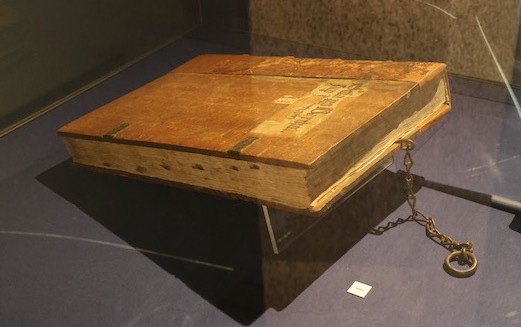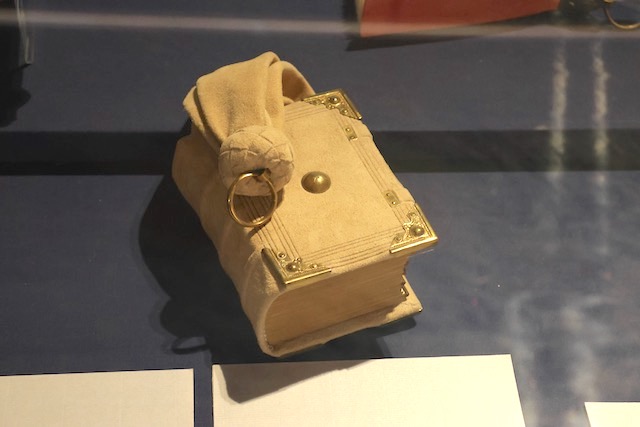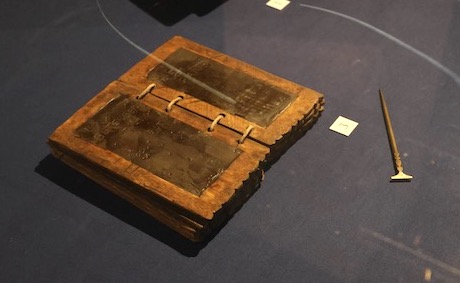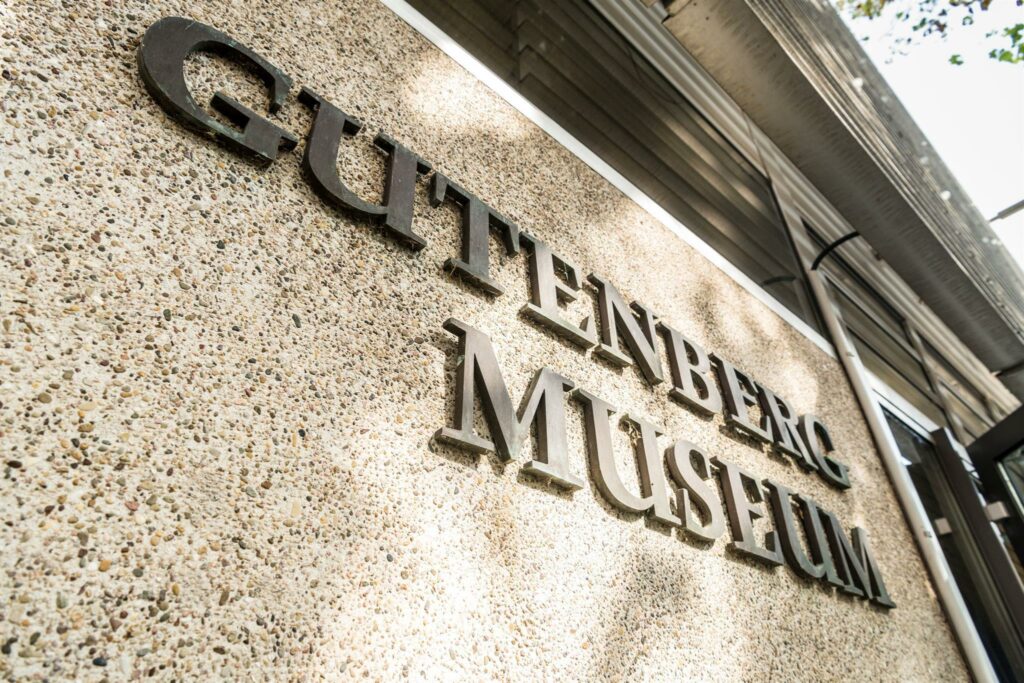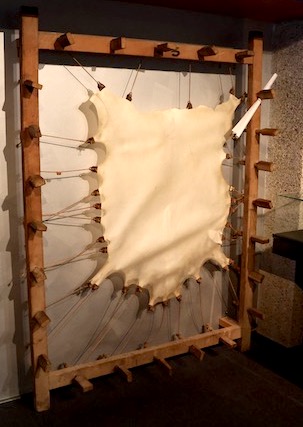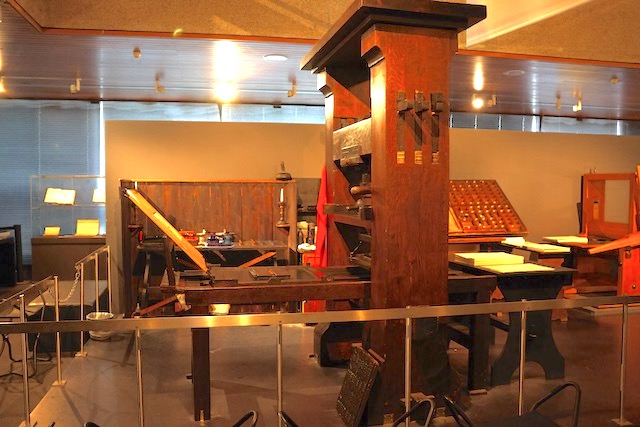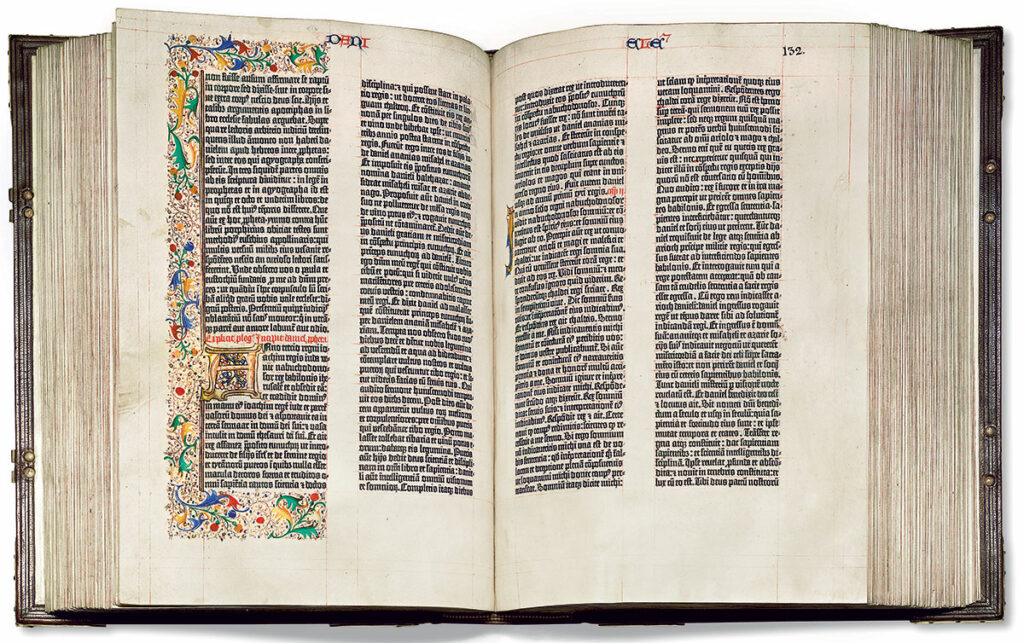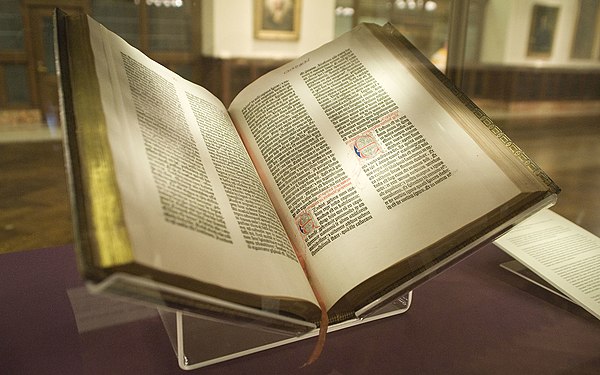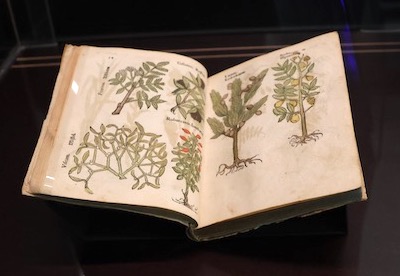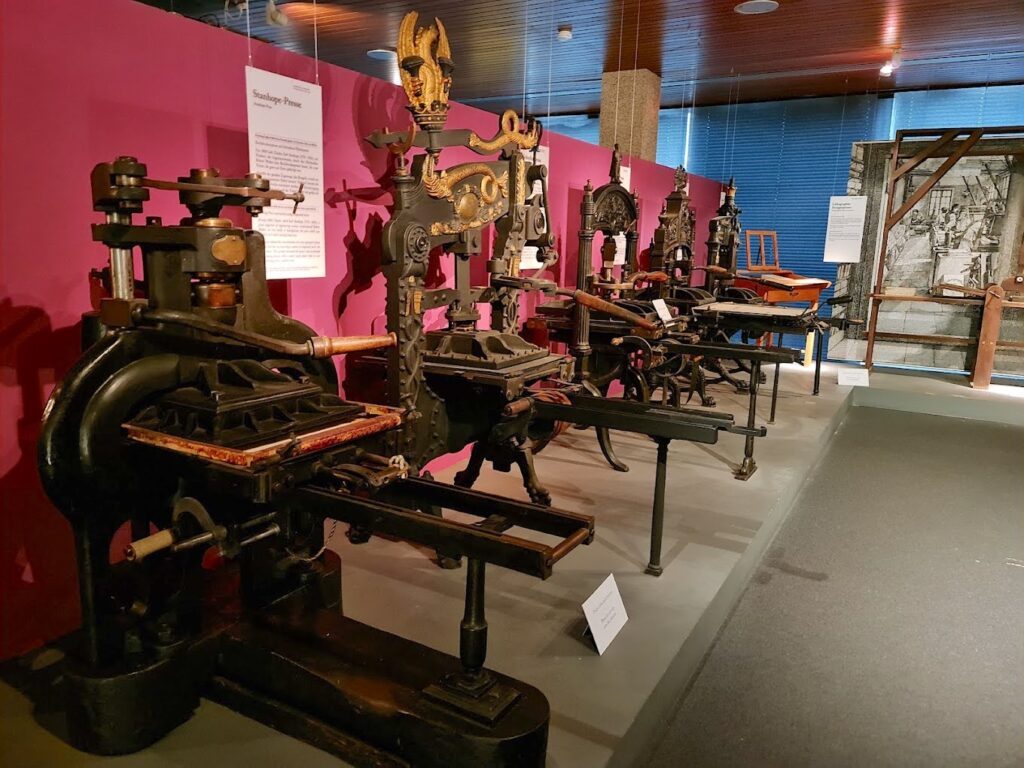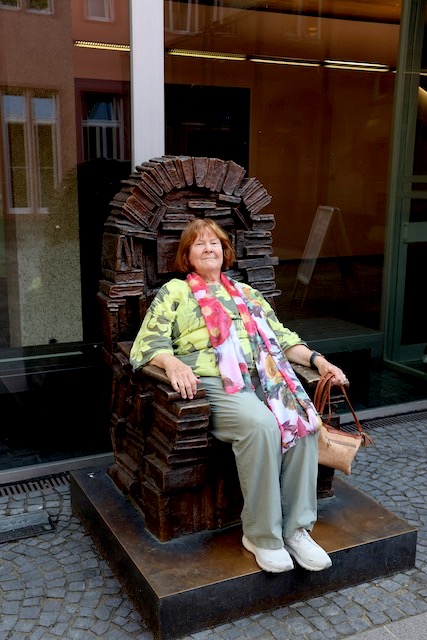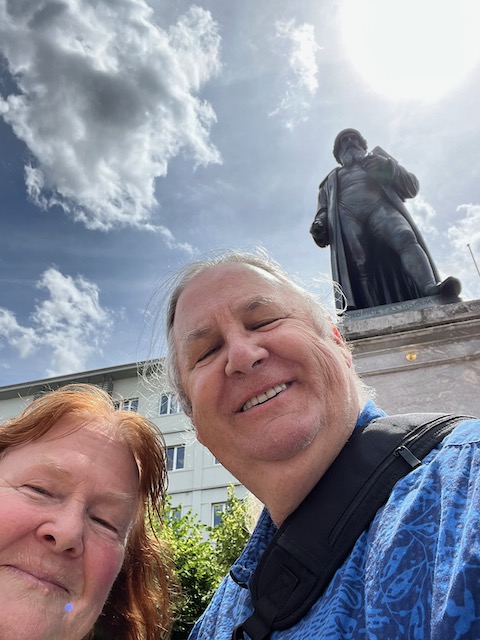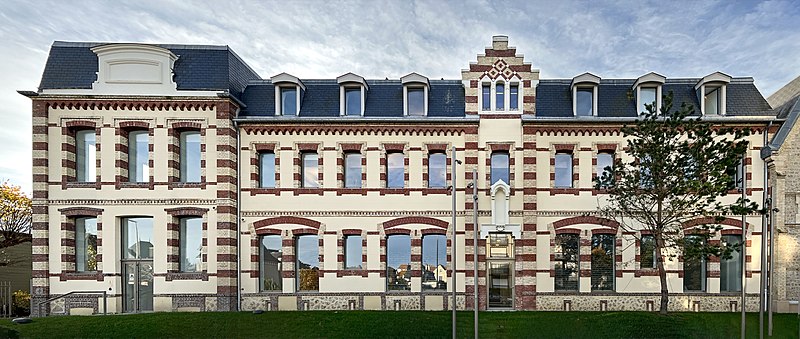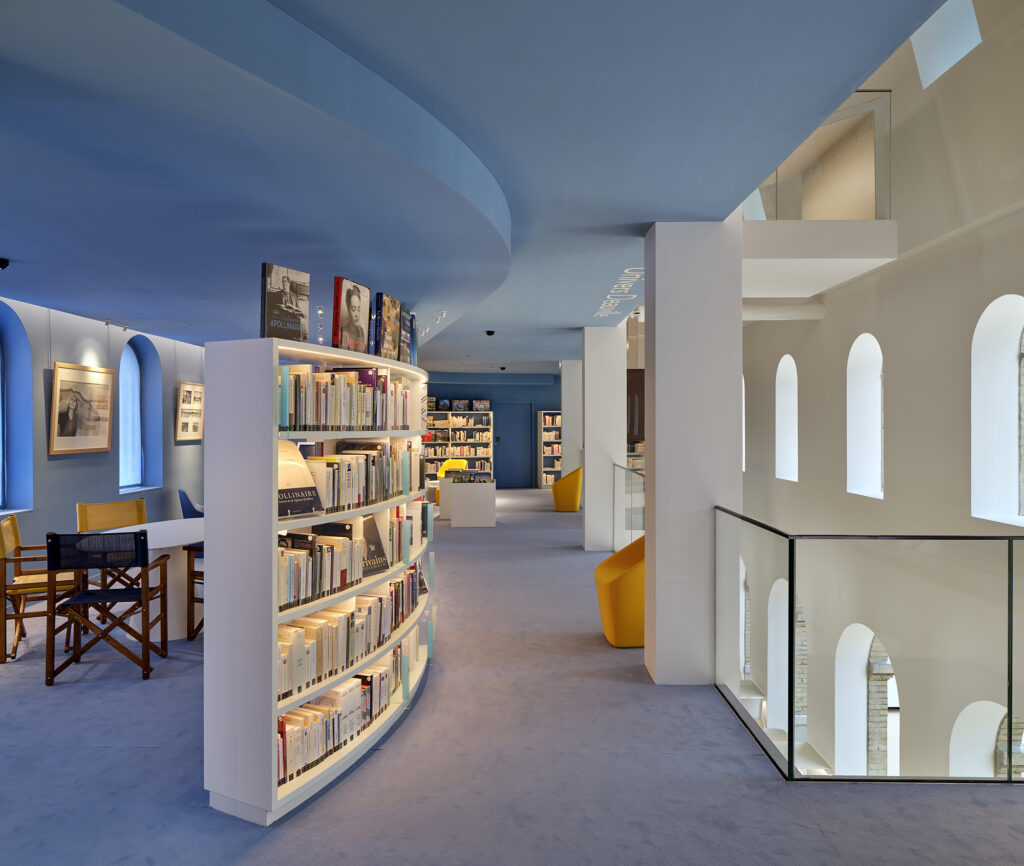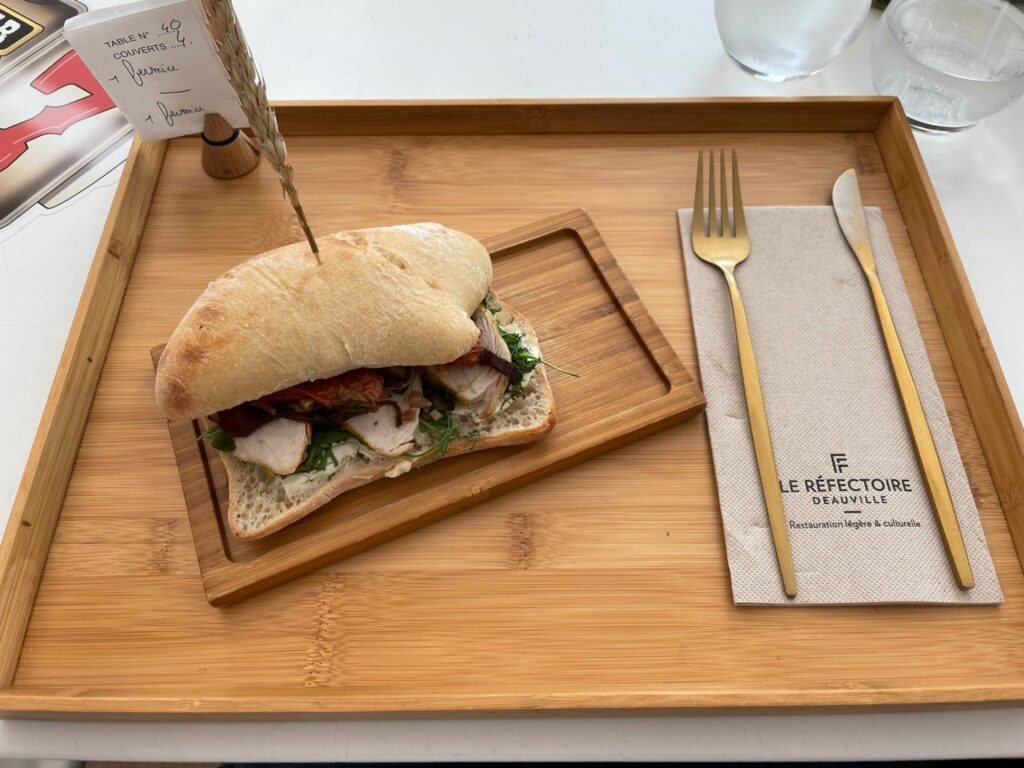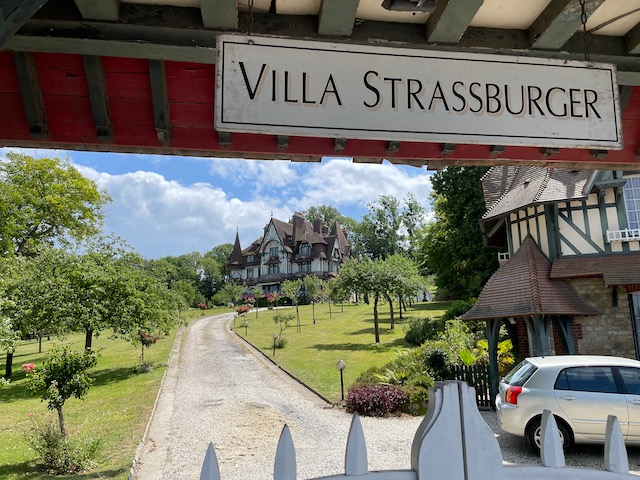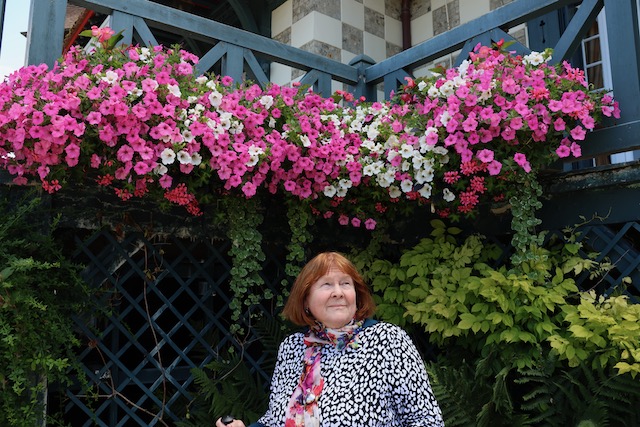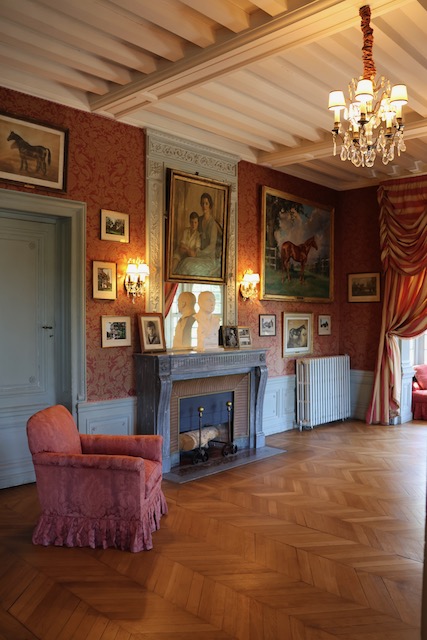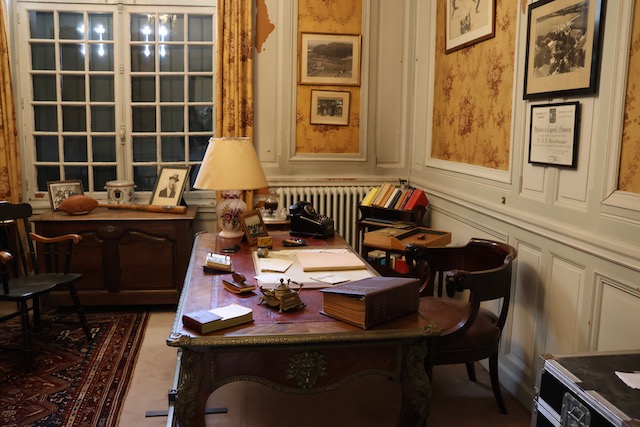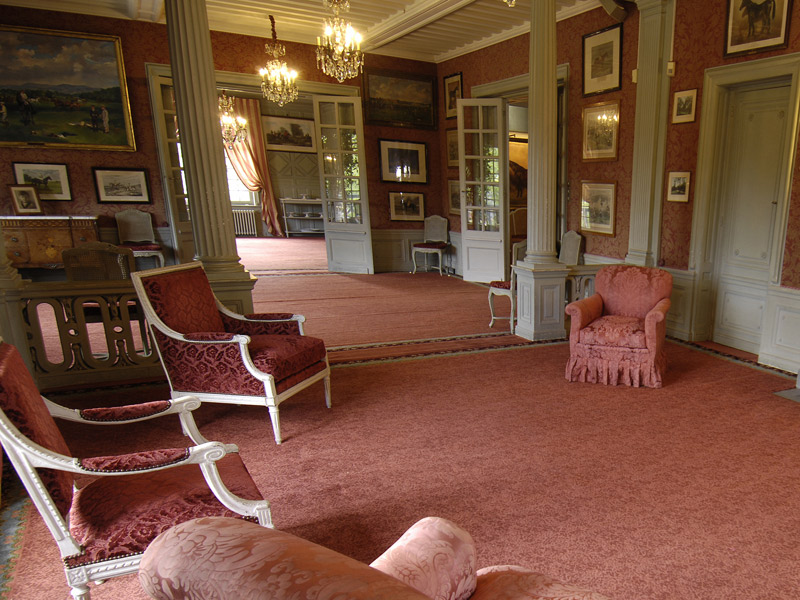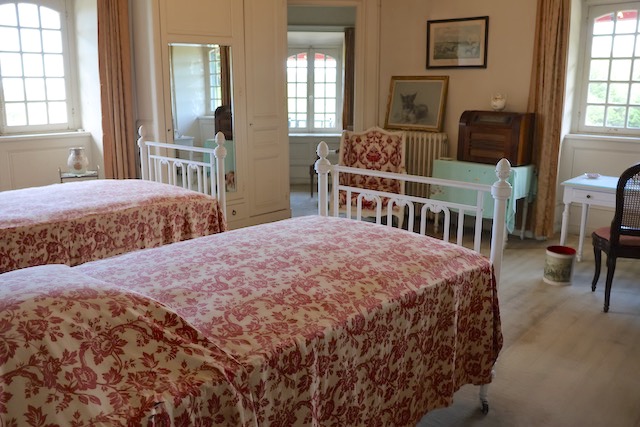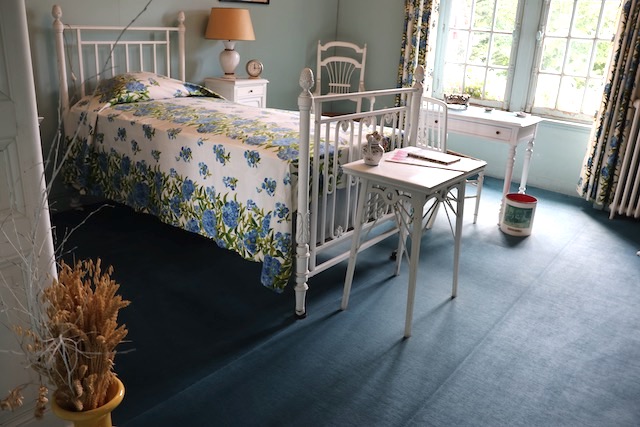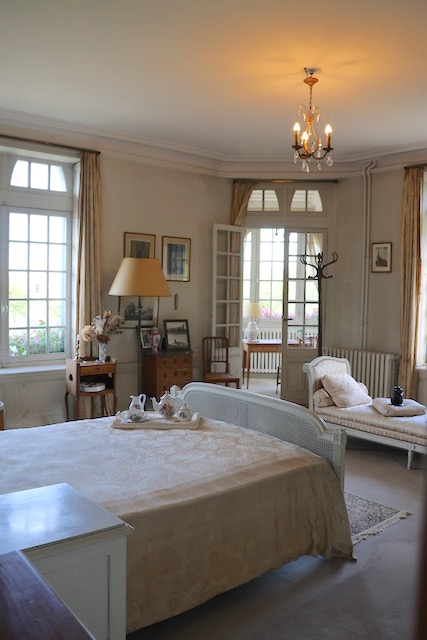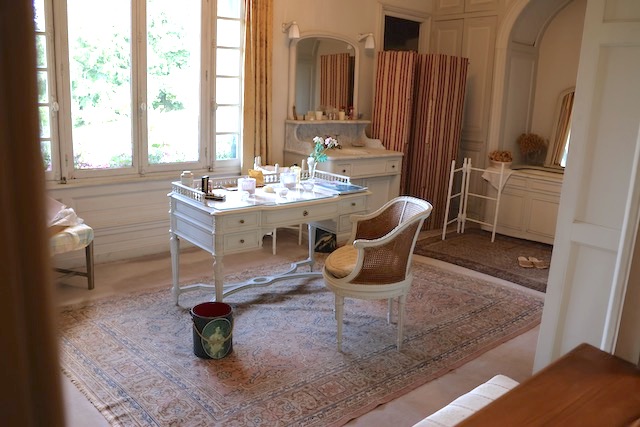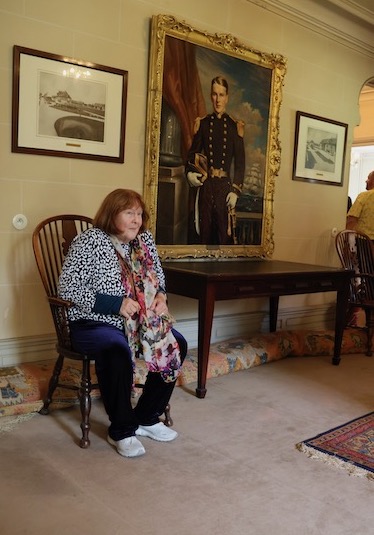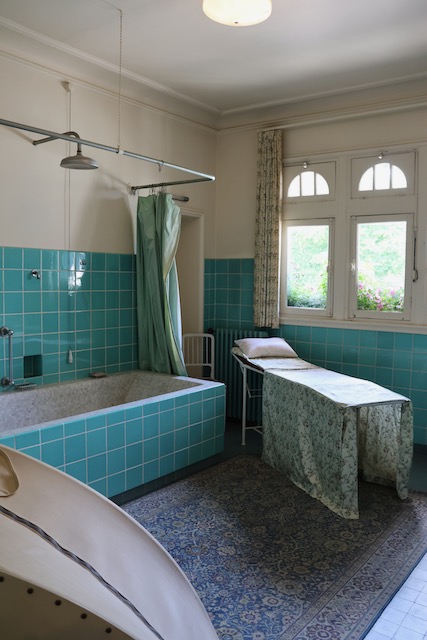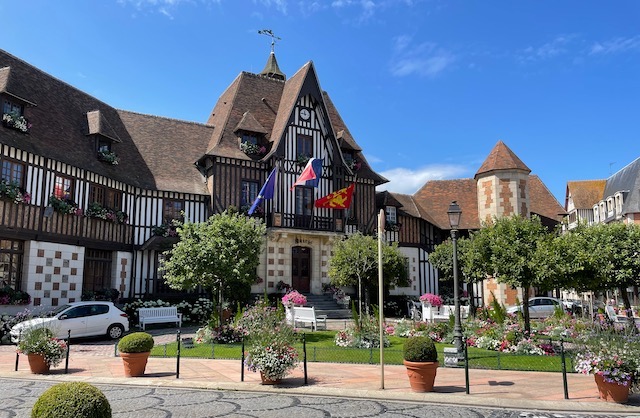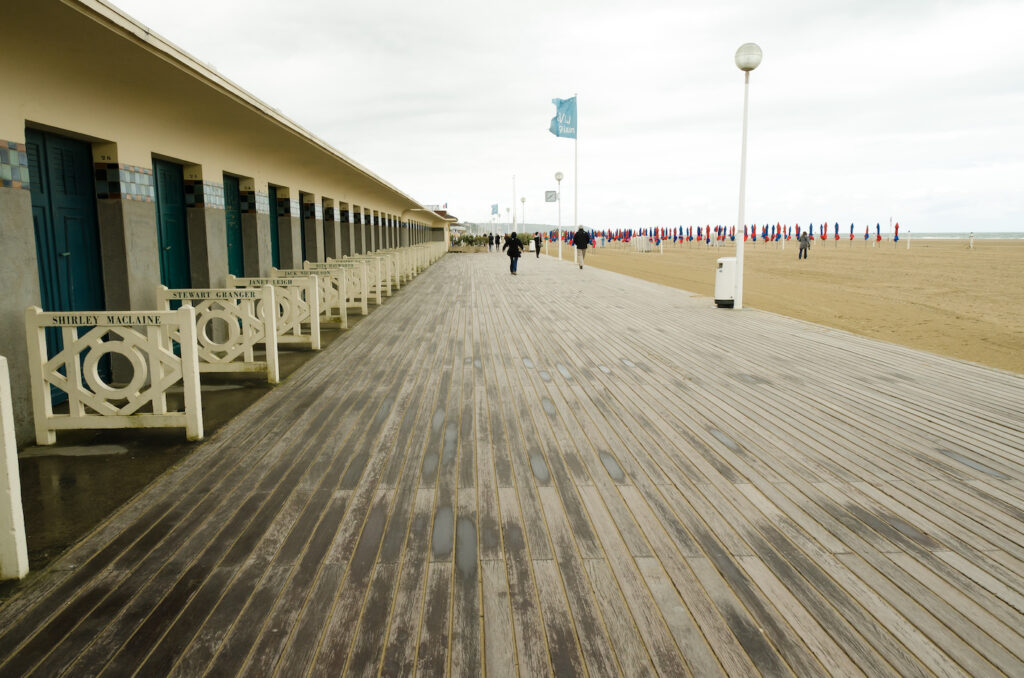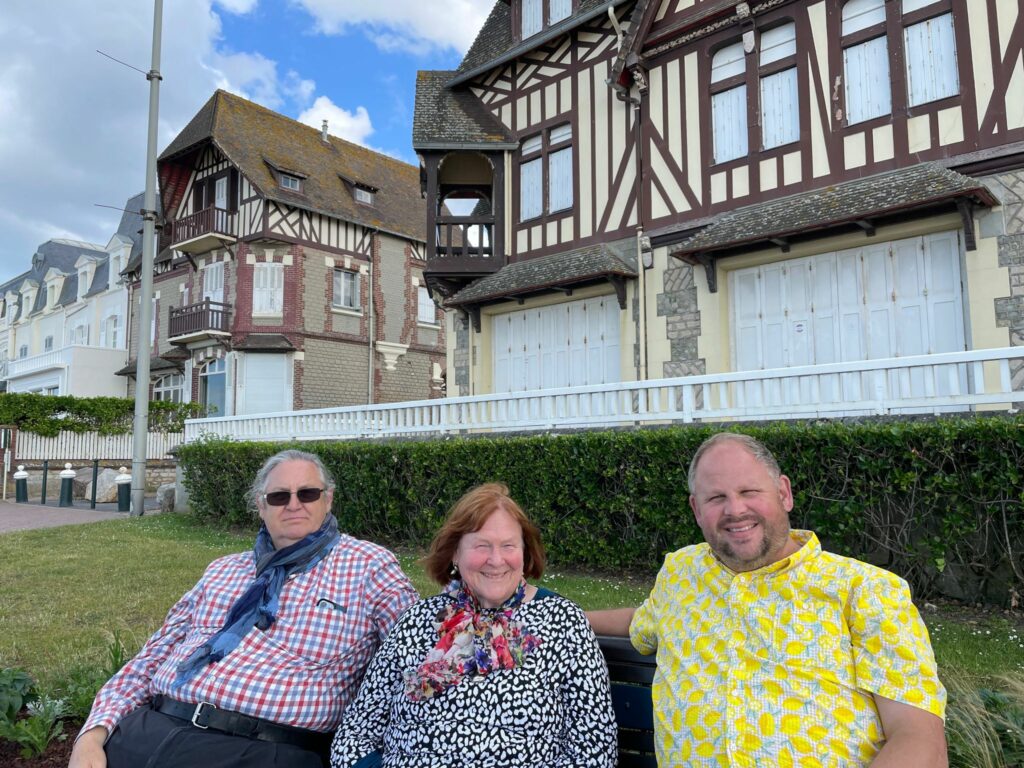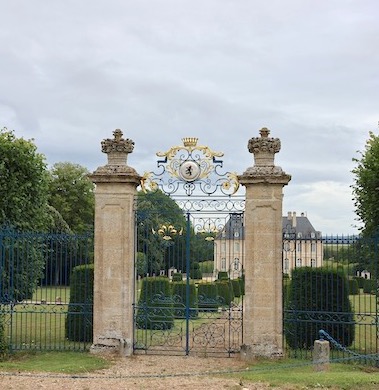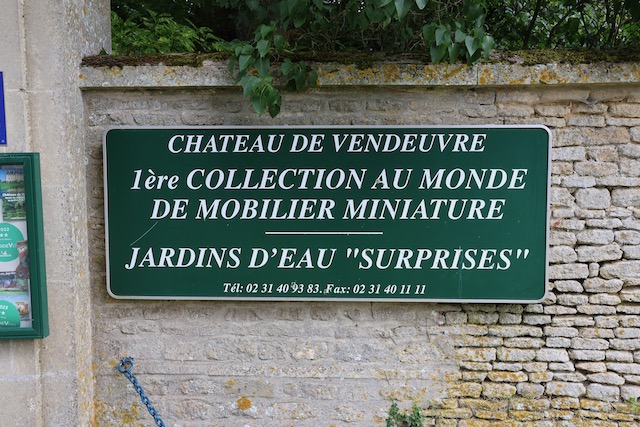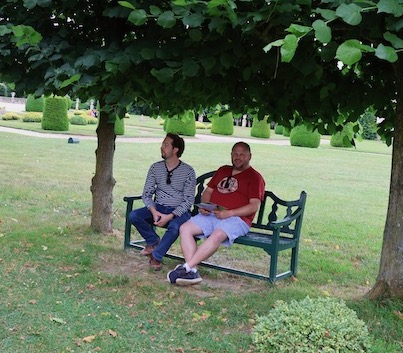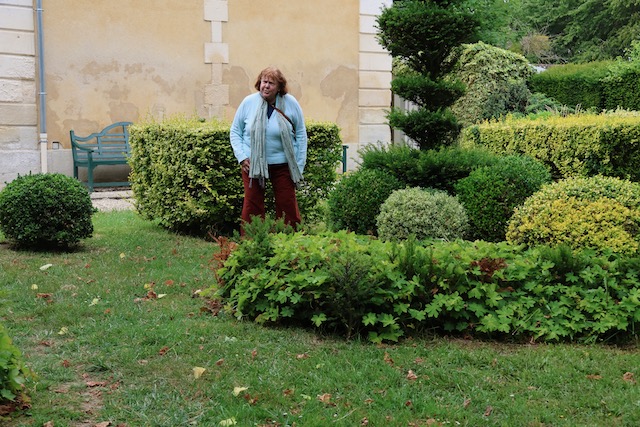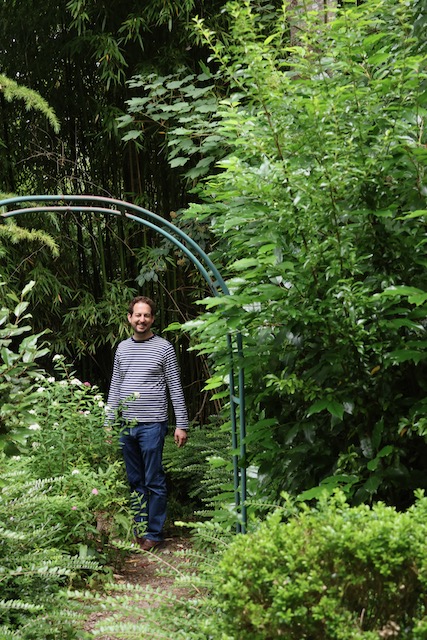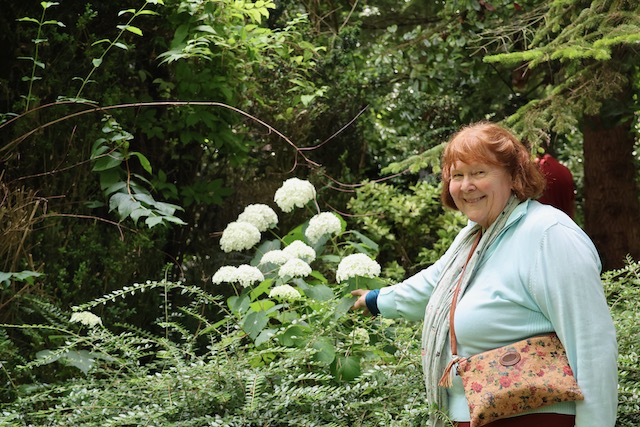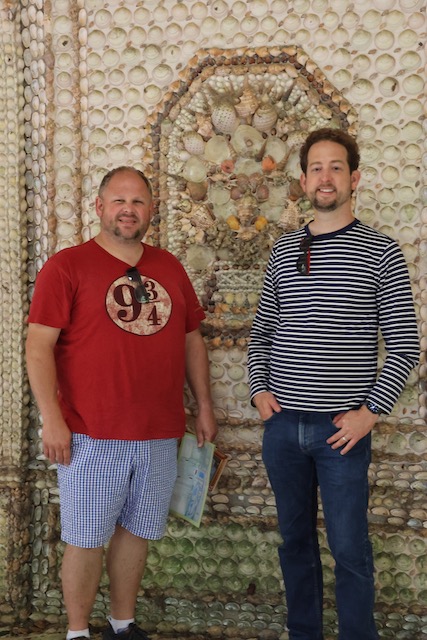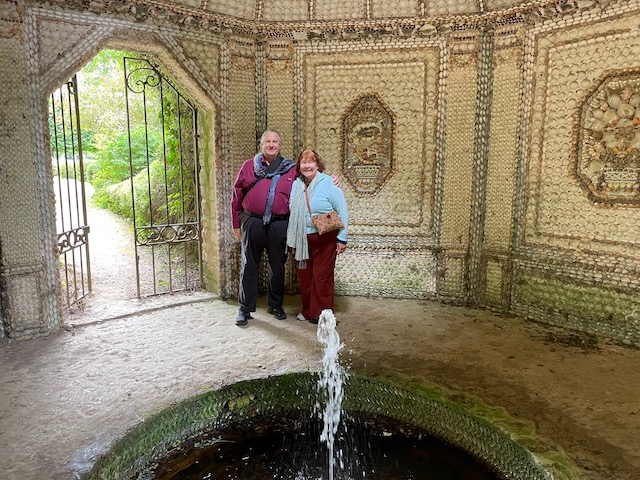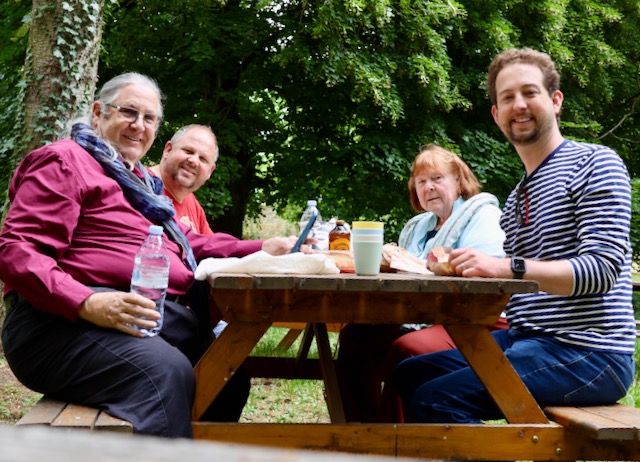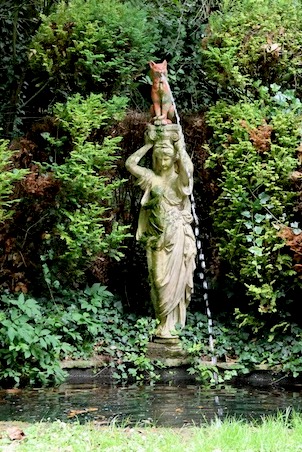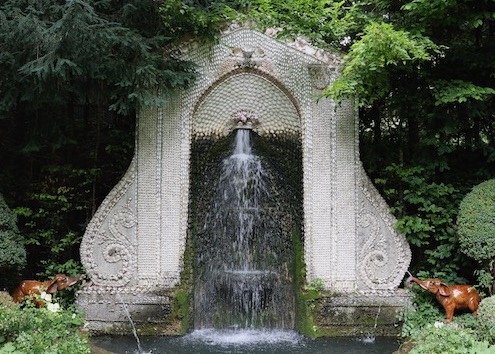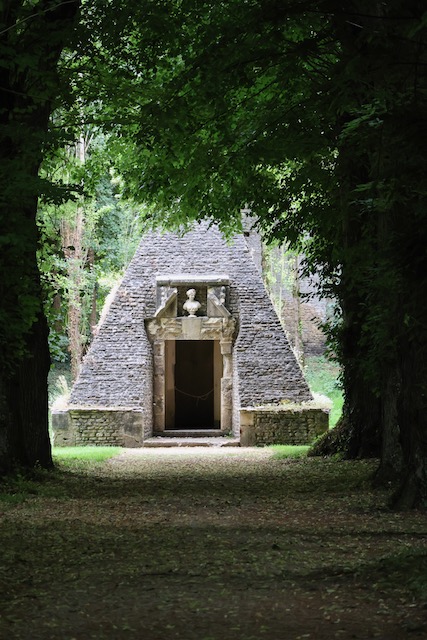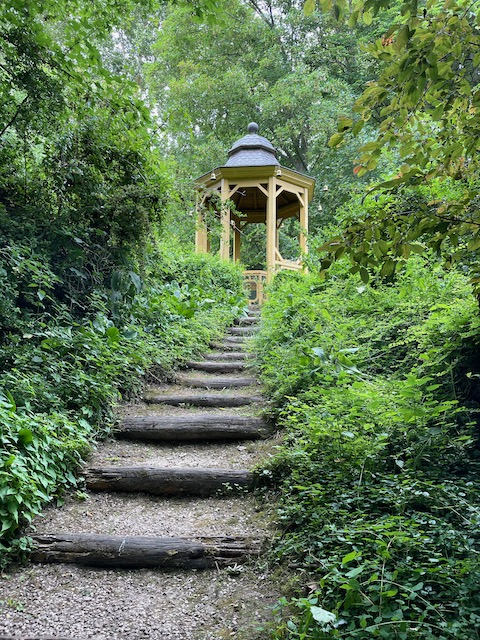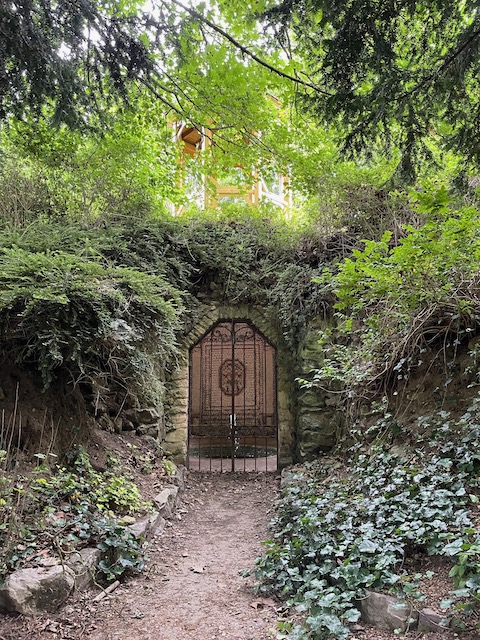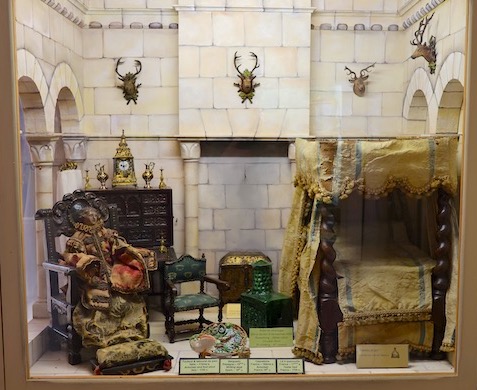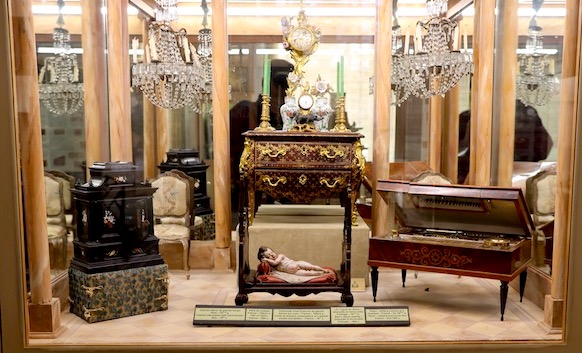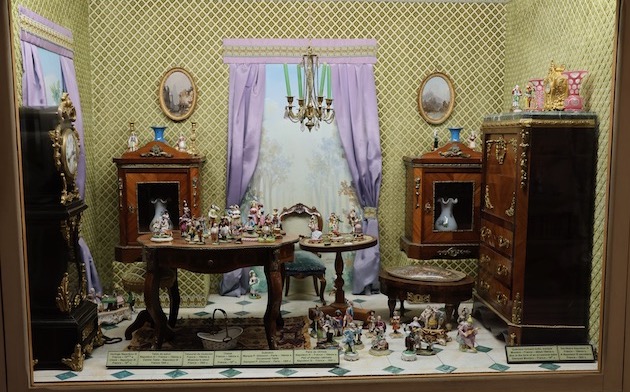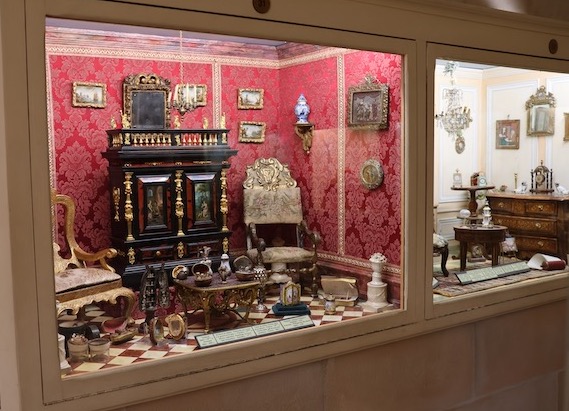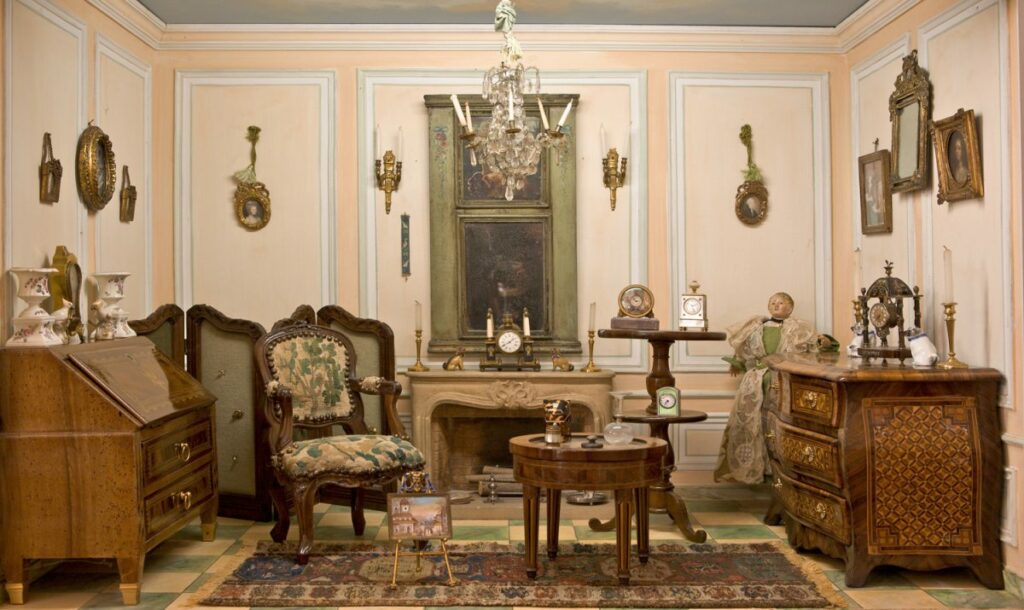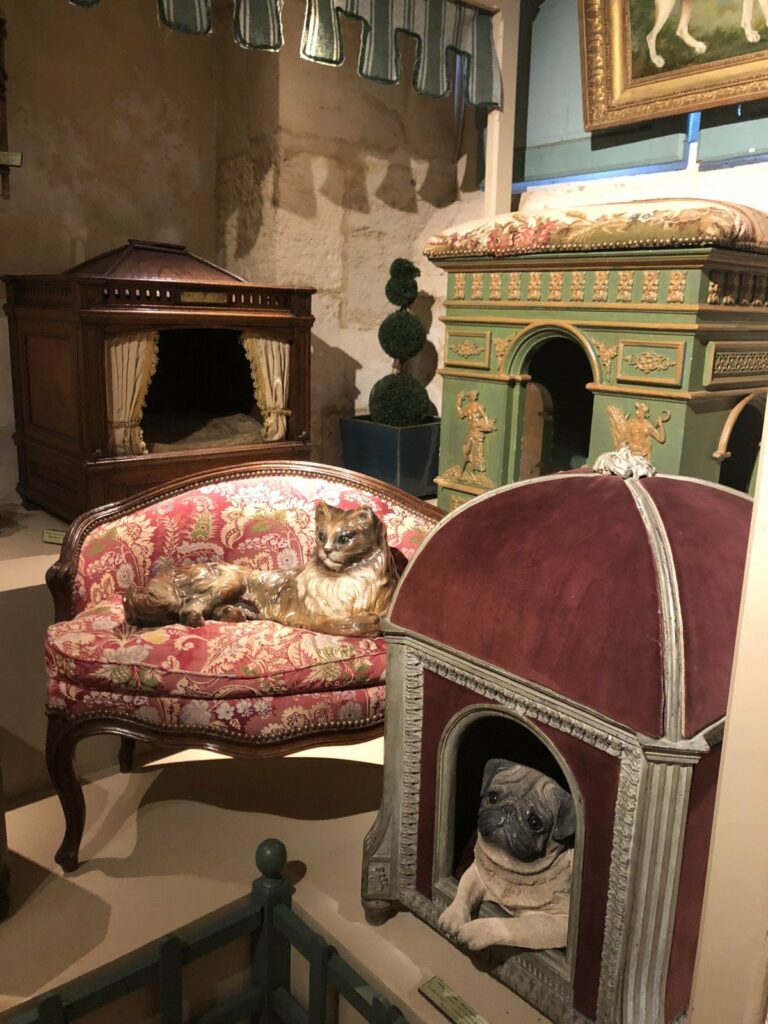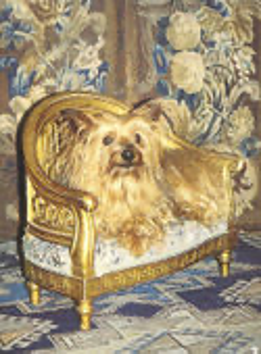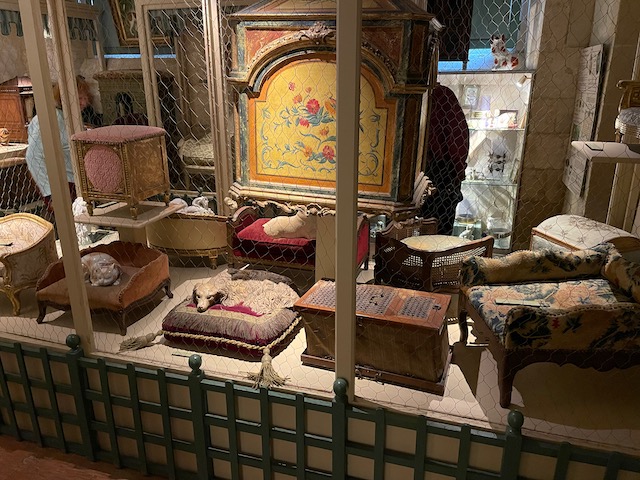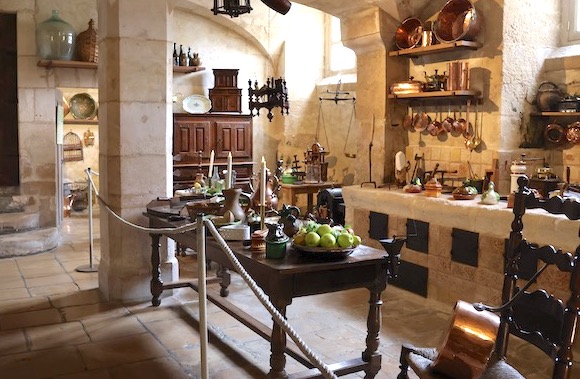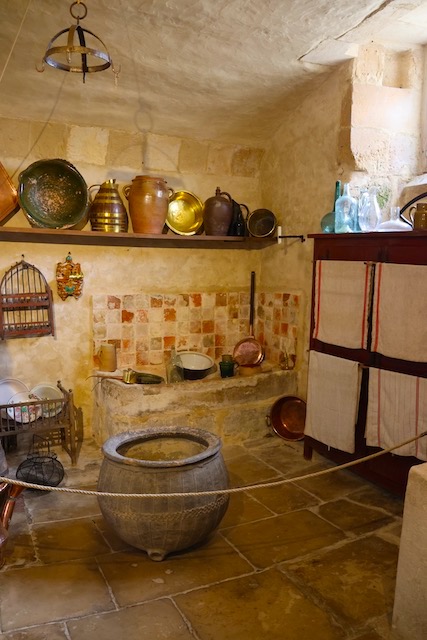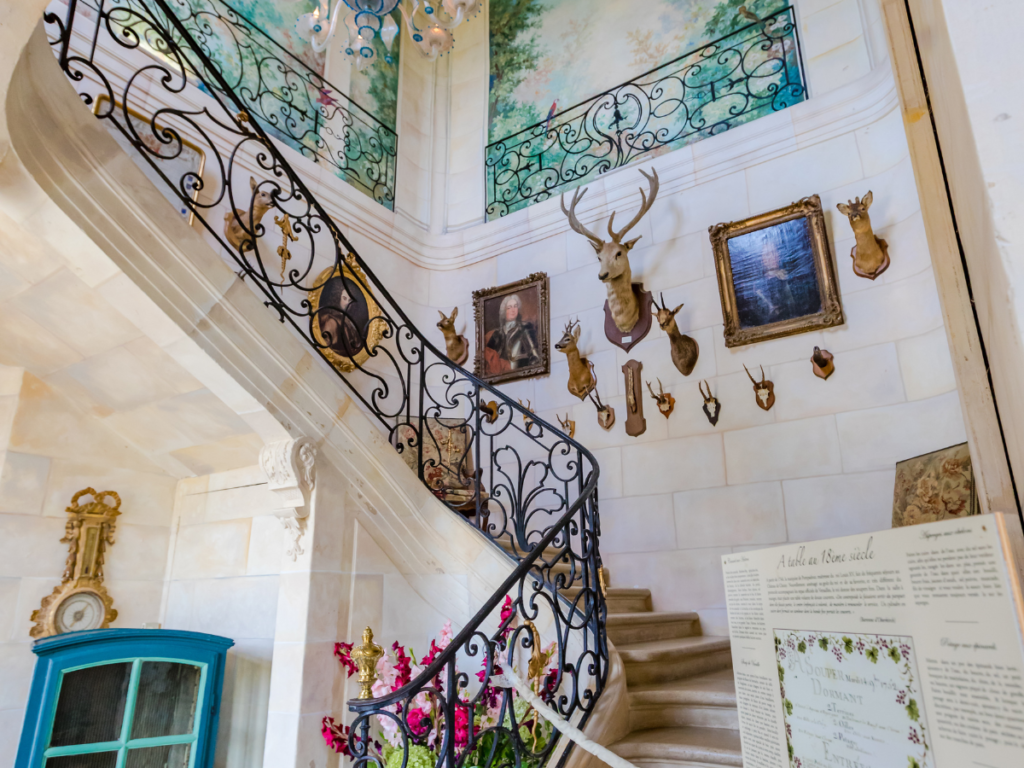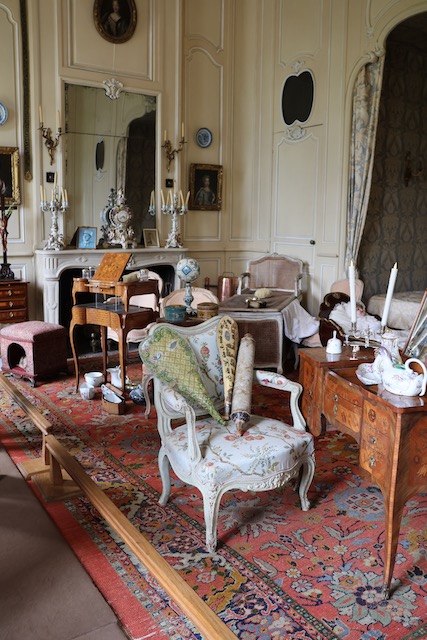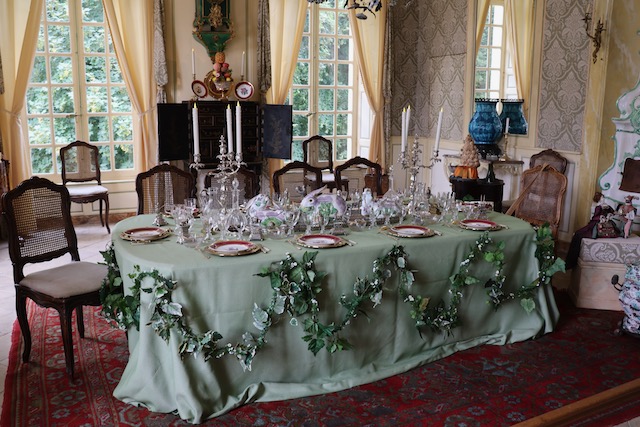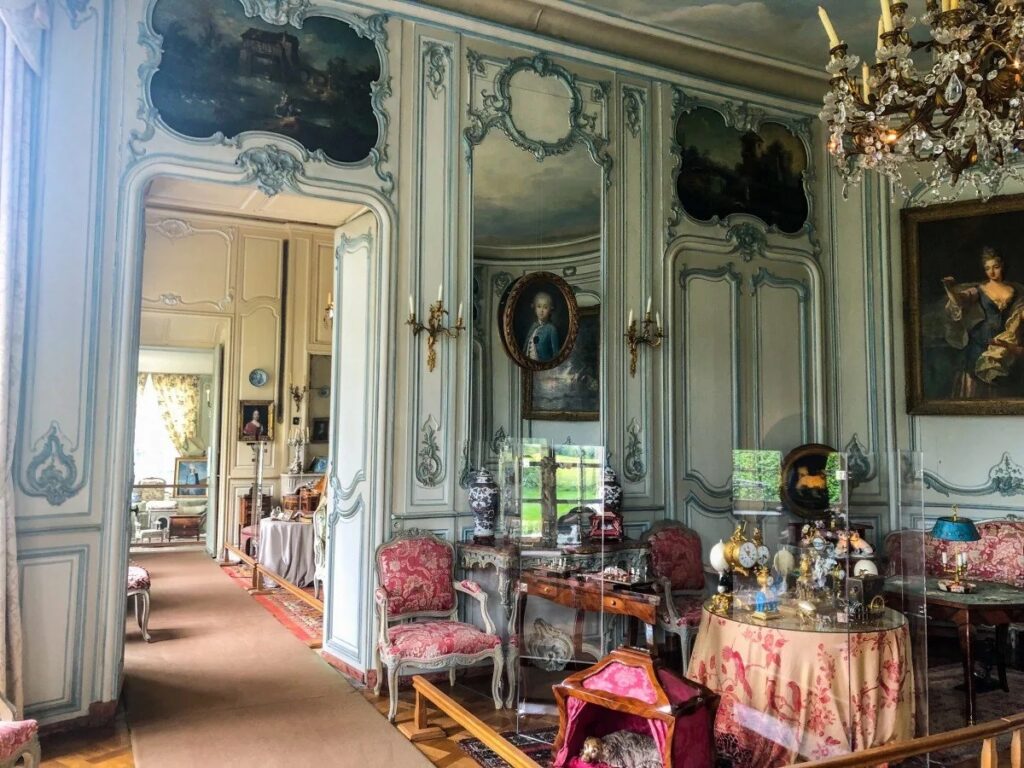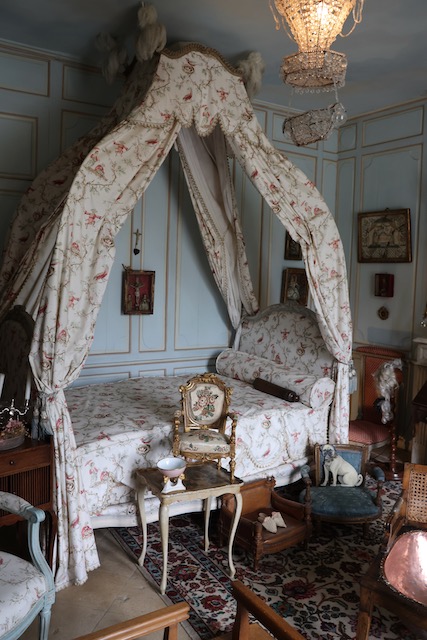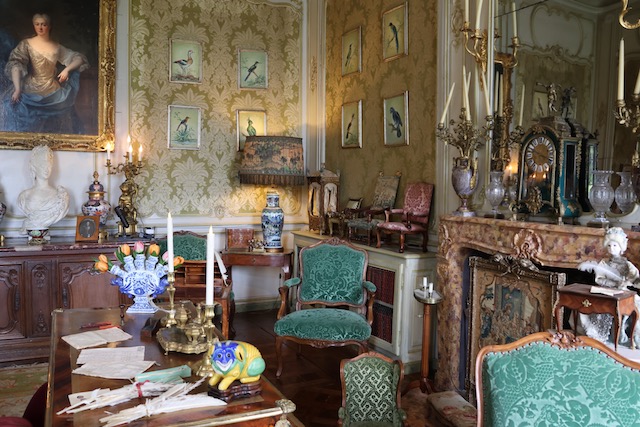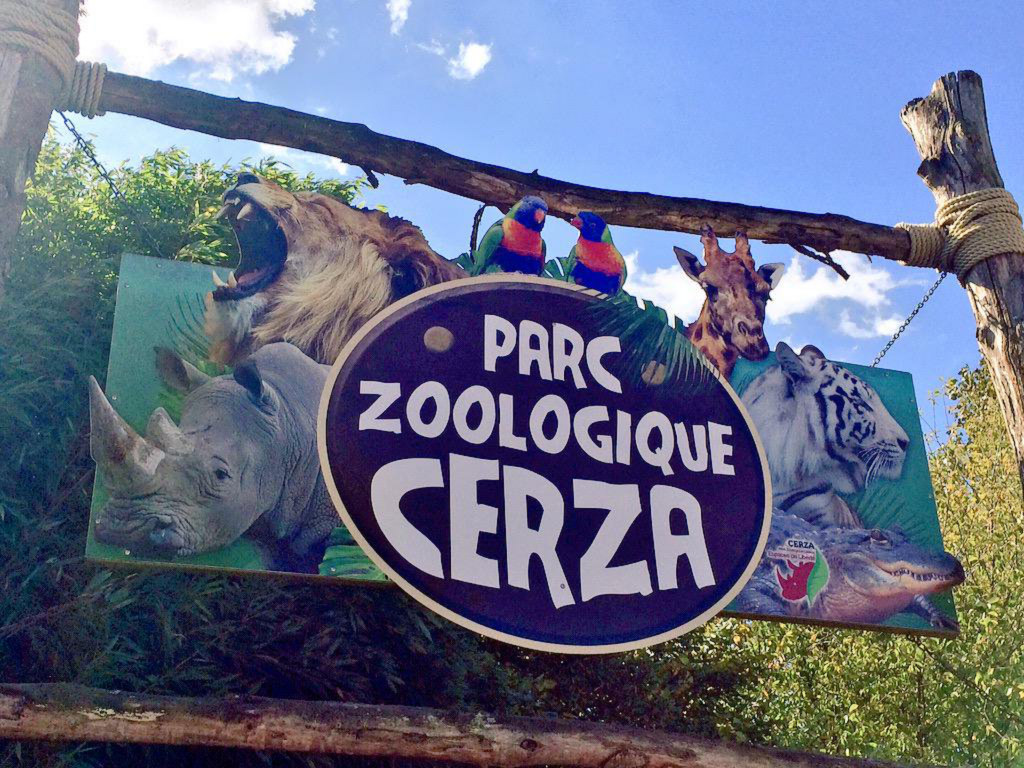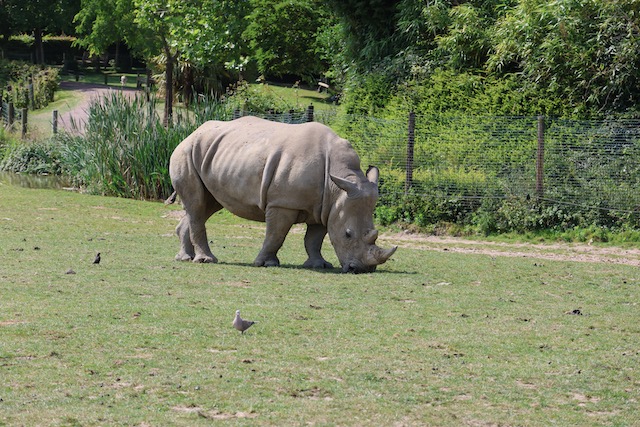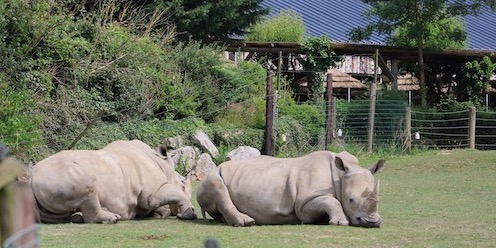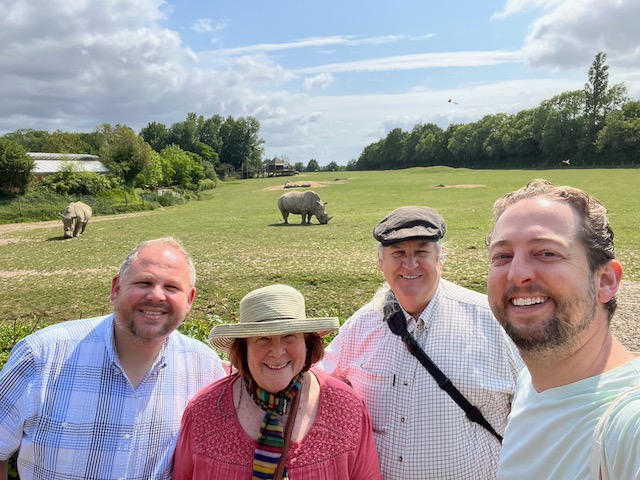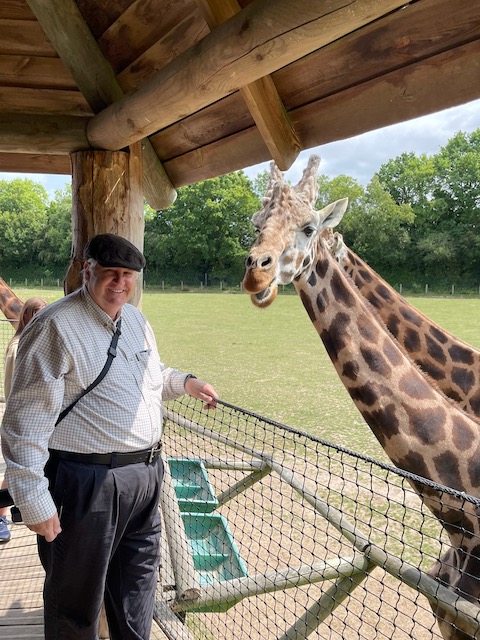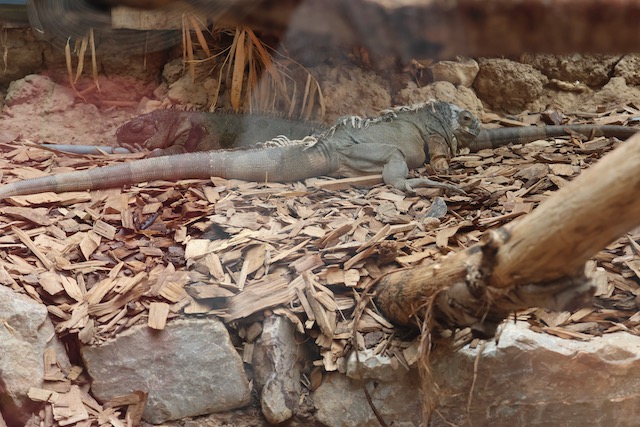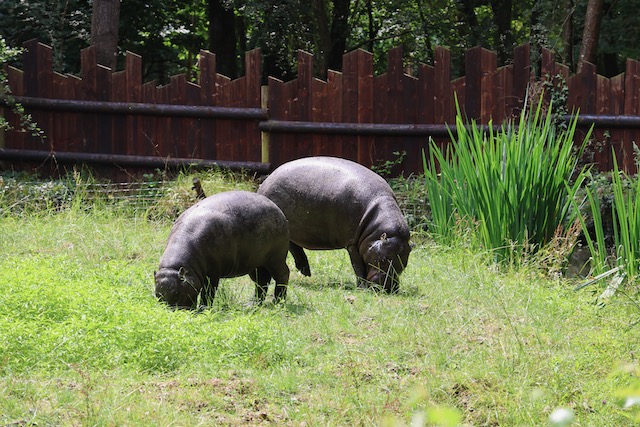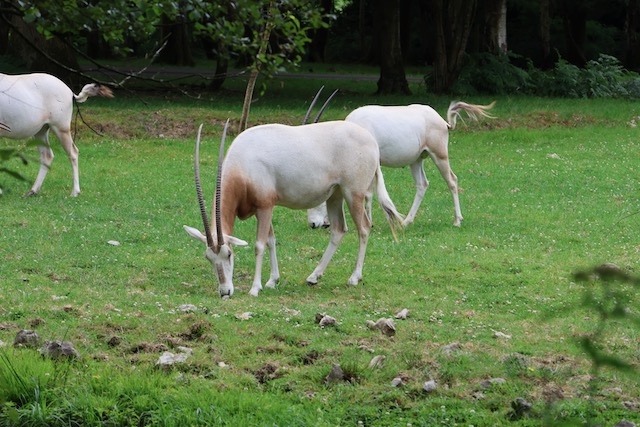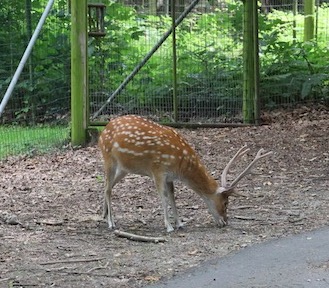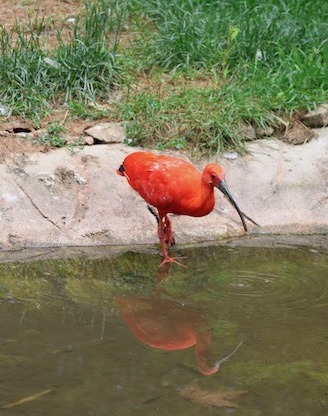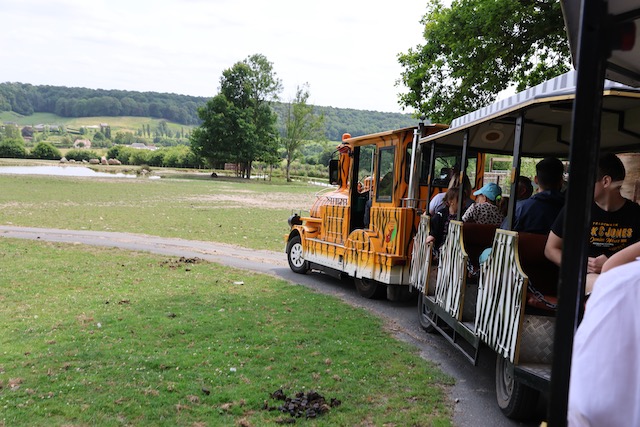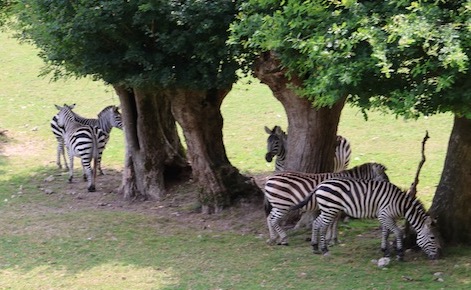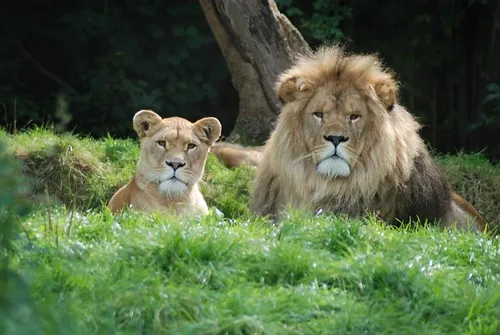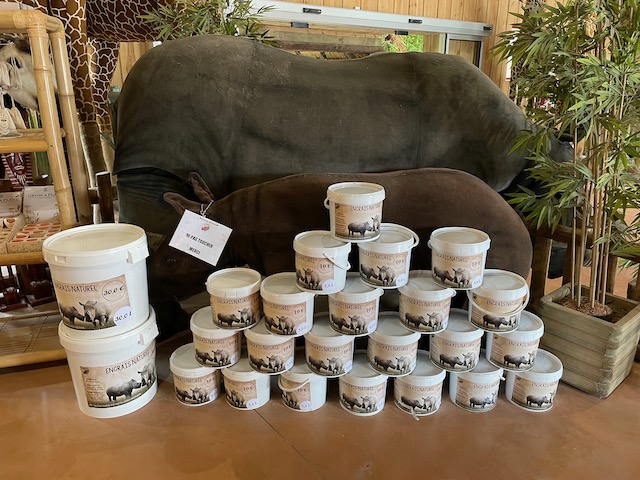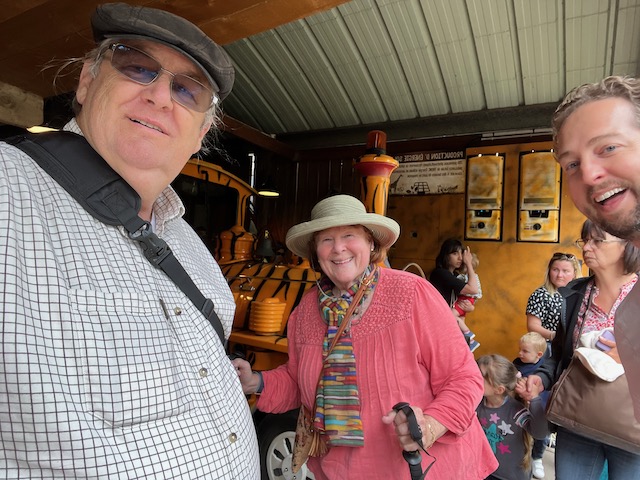While our grandchildren are in school, we continue to explore some of the cultural resources of the city. Today we are going to the Landes Museum – also called the Mainz State Museum. It is a museum of cultural history and is located right in the center of Mainz. The baroque building was originally a horse stable and later became a modern glass and steel structure with an inner courtyard designed for presentations or relaxation. Not only is it home to one of the most important collections on cultural history in the state of Rhineland‑Palatinate, it also opens up for a range of cultural events.

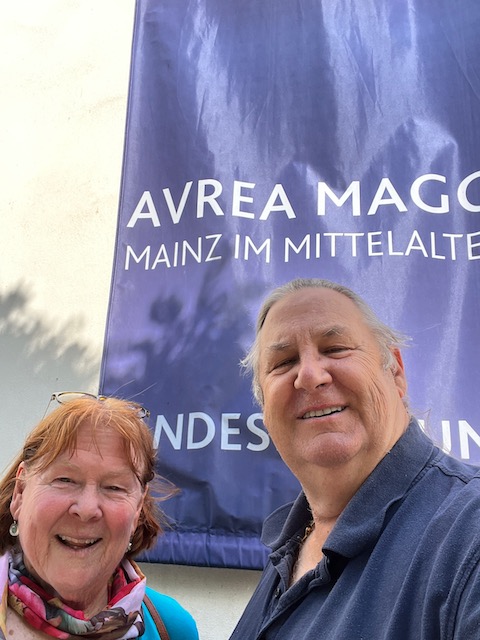
The extensive collection on the history of art and culture extending from the beginnings of culture to modern art. The collection clearly reflects the varied aspects of cultural and social history over the millennia in a unique way.
Mainz was founded by the Romans in the 1st century BCE as a military fortress on the northernmost frontier of the empire and provincial capital of Germania Superior. It became an important city in the 8th century CE as part of the Holy Roman Empire and was the site of the Electorate of Mainz and seat of the Archbishop-Elector of Mainz, the Primate of Germany.
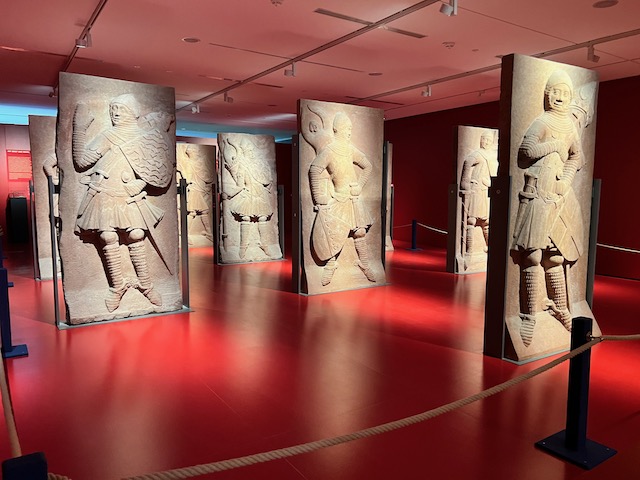
This early history is represented in the Museum by a series of eight full-figure sandstone reliefs representing the seven electors and the Roman-German king. These were originally on the external building of the Kaufhaus am Brand, which was completed in 1317 in the center of Mainz.
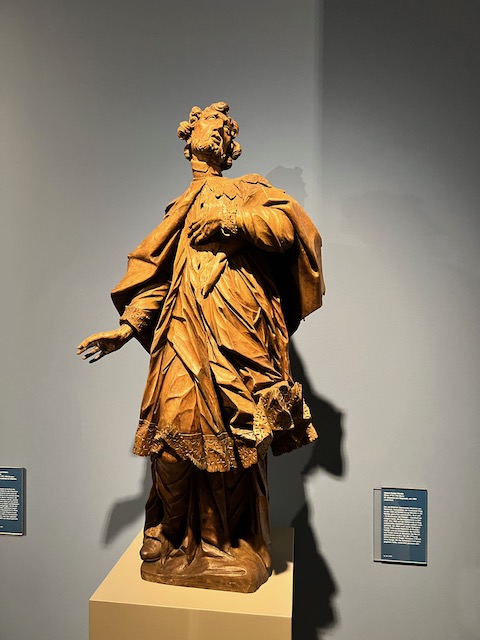

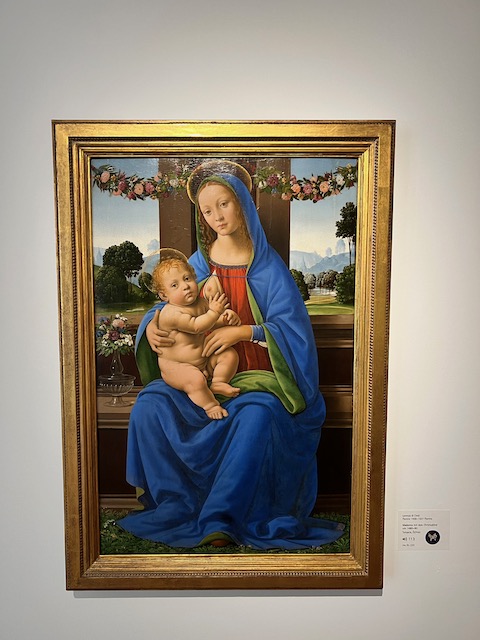
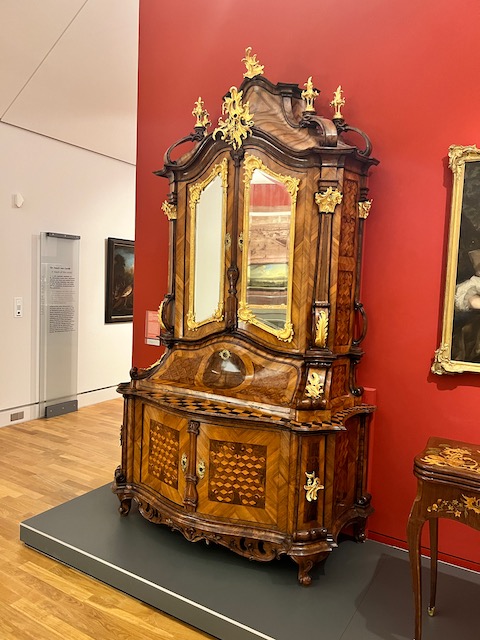
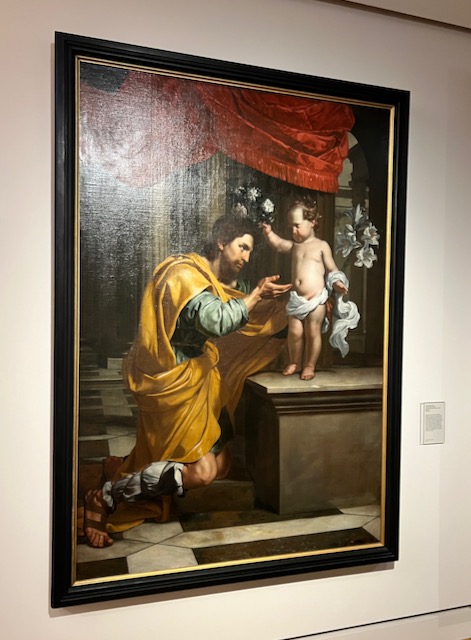
Once again, we had a museum almost to ourselves – yes at the beginning there was a school group but they left soon after our arrival.

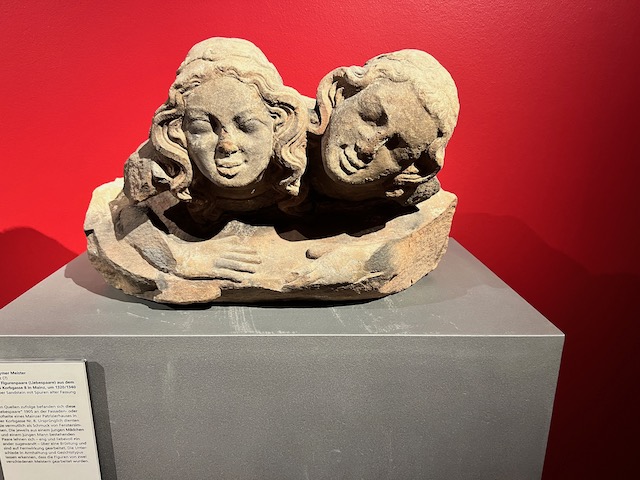
Two pairs of figures (love couples) from the house Korbgasse 8 in Mainz, around 1320/1340 Yellow sandstone with traces of old version According to the sources, these “love couples” were located in 1905 on the facade or courtyard side of a Mainz patrician house in Korbgasse No. 8. Originally, they probably served as jewelry for window sills.
The collections showcase: Prehistory, Roman times, the Middle Ages, the Renaissance, the Baroque period, graphics from the 16th to the 20th century, Dutch painting, 18th-century porcelain, 19th-century painting, Judaica, city history, Art Nouveau glass and modern art.
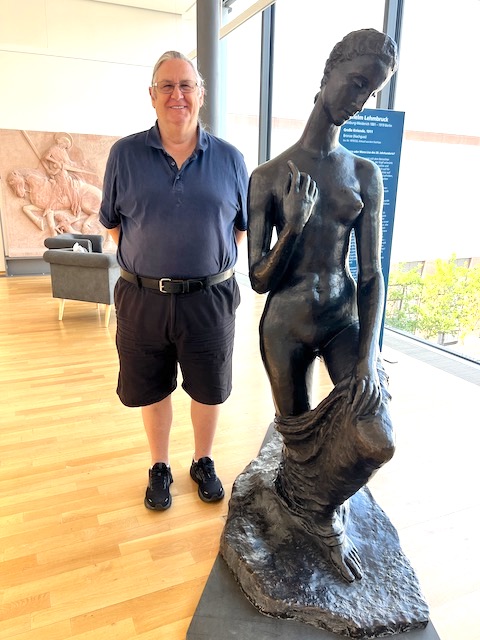

There are numerous temporary exhibitions on art, culture and history, including contemporary history, that complement the extensive collection.
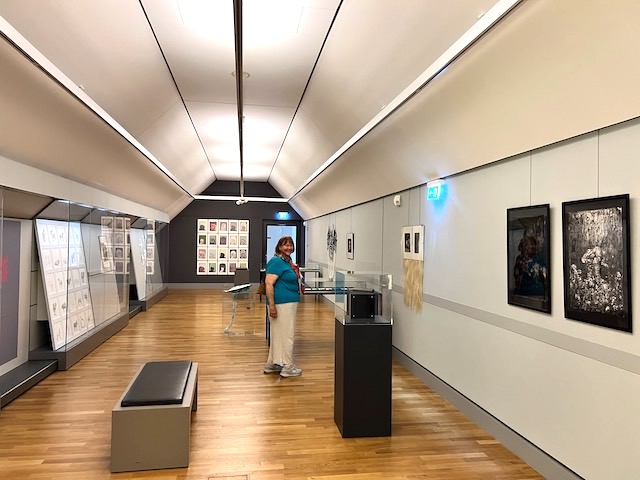
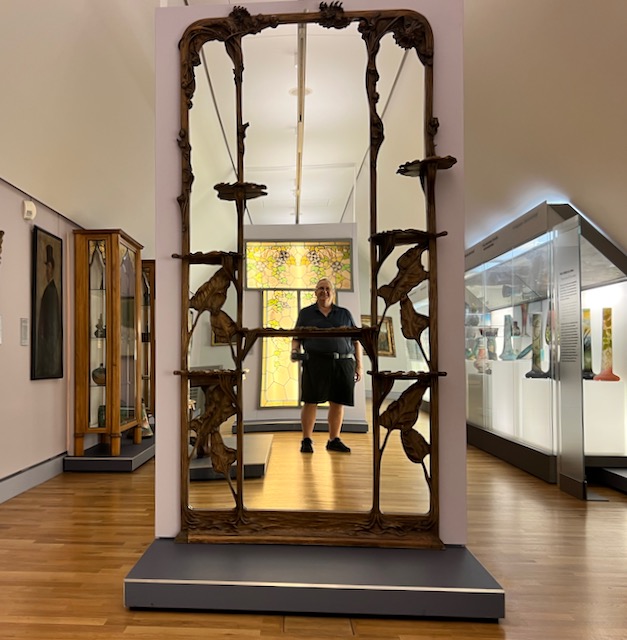
We wandered through the Museum discovering new areas as we went along. As we are not German speaking tourists, we had to use our cellphone for translations of the descriptions around the artwork.
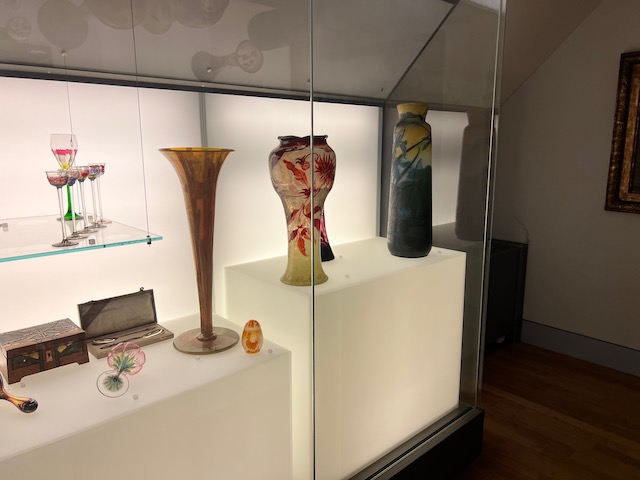
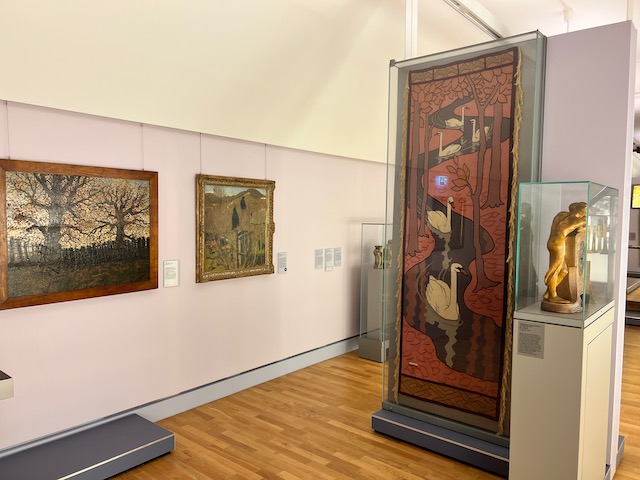


Time to say goodbye. The memorial head wants to go home. Once this bronze stood on an altar in honor of a deceased king in the Kingdom of Benin in today’s Nigeria. The memorial head is one of the estimated over 4,000 brass and ivory works that British colonial troops robbed during the conquest of the Royal Palace in February 1897. Via Lagos, Berlin and Stuttgart, the bronze came to Mainz in the collection of Johannes Gutenberg University in 1971. Since 2020, the memorial head has been waiting to return to Nigeria. Time to say goodbye!
Once we had explored most of the museum, we stopped into the Café for a quick lunch and of course the gift shop for appropriate souvenirs of our visit. Once we were back at the Lee’s home, we relaxed and started preparations for the Clip&Climb birthday festivities on Saturday celebrating first grandgirl’s eighth.
